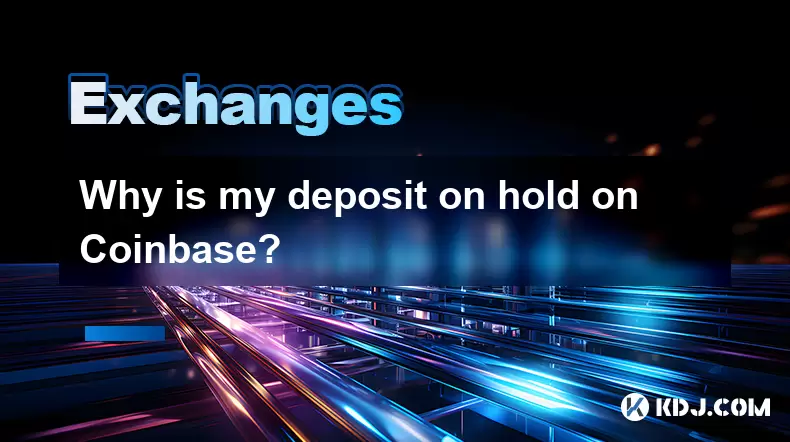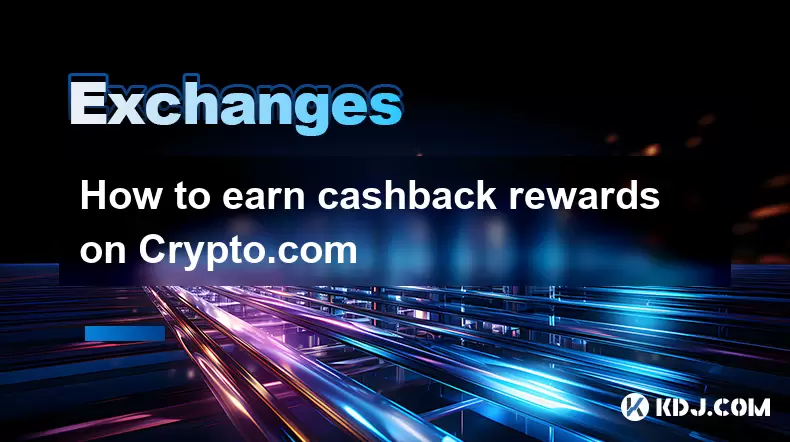-
 Bitcoin
Bitcoin $119000
-2.21% -
 Ethereum
Ethereum $4315
1.01% -
 XRP
XRP $3.151
-3.11% -
 Tether USDt
Tether USDt $0.0000
0.00% -
 BNB
BNB $808.5
-0.71% -
 Solana
Solana $175.8
-4.21% -
 USDC
USDC $0.9999
0.00% -
 Dogecoin
Dogecoin $0.2250
-3.92% -
 TRON
TRON $0.3469
1.77% -
 Cardano
Cardano $0.7818
-3.81% -
 Chainlink
Chainlink $21.47
-2.10% -
 Hyperliquid
Hyperliquid $43.30
-6.81% -
 Stellar
Stellar $0.4370
-2.84% -
 Sui
Sui $3.682
-4.40% -
 Bitcoin Cash
Bitcoin Cash $590.8
2.67% -
 Hedera
Hedera $0.2484
-5.20% -
 Ethena USDe
Ethena USDe $1.001
0.00% -
 Avalanche
Avalanche $23.10
-4.29% -
 Litecoin
Litecoin $119.2
-3.96% -
 Toncoin
Toncoin $3.409
0.90% -
 UNUS SED LEO
UNUS SED LEO $9.016
-1.29% -
 Shiba Inu
Shiba Inu $0.00001304
-3.82% -
 Uniswap
Uniswap $11.18
1.33% -
 Polkadot
Polkadot $3.913
-3.51% -
 Cronos
Cronos $0.1672
-3.08% -
 Dai
Dai $1.000
0.02% -
 Ethena
Ethena $0.7899
-4.70% -
 Bitget Token
Bitget Token $4.400
-1.23% -
 Pepe
Pepe $0.00001132
-5.93% -
 Monero
Monero $257.9
-6.44%
Why is my deposit on hold on Coinbase?
Coinbase places deposit holds to prevent fraud and ensure security, especially for new accounts or large transactions—funds are typically released after verification or blockchain confirmations.
Aug 12, 2025 at 01:21 pm

Understanding Coinbase Deposit Holds
When you notice that your deposit is on hold on Coinbase, it typically means that the platform has temporarily restricted access to those funds. This is part of Coinbase’s risk mitigation and compliance protocols. The primary reason for this action is to protect users and the platform from potential fraud, unauthorized transactions, or suspicious activity. While it may seem inconvenient, these holds are standard security measures applied across regulated cryptocurrency exchanges.
Coinbase applies holds based on several factors, including the payment method used, your account verification level, transaction history, and geographic location. For example, deposits made via bank transfers (ACH) in the U.S. often come with a hold period, especially for new users or large amounts. These holds can last from a few hours to several business days, depending on the circumstances.
Common Reasons for Deposit Holds
New Account Status: If your account is newly created or has limited transaction history, Coinbase may place a hold to verify your identity and assess risk. This is especially true if you’ve just completed identity verification (KYC) and are making your first deposits.
Large or Unusual Transactions: Deposits that are significantly larger than your usual activity may trigger automated security checks. Coinbase’s system flags such transactions for manual or algorithmic review, leading to a temporary hold.
Linked Payment Method Verification: When you link a new bank account, debit card, or use SEPA transfers (in Europe), Coinbase may require additional time to confirm ownership and legitimacy. Until this process completes, deposits from these sources may be placed on hold.
Systematic Risk Detection: Coinbase uses advanced fraud detection systems. If a deposit originates from a source associated with suspicious behavior—such as frequent chargebacks or compromised accounts—the system may automatically apply a hold.
How to Check the Status of Your Hold
To determine why your deposit is on hold and when it might be released, follow these steps:
- Log in to your Coinbase account via the website or mobile app.
- Navigate to the "Assets" section and locate the cryptocurrency or fiat currency involved in the deposit.
- Tap on the asset to view transaction details. Look for messages indicating “Deposit on hold” or similar wording.
- Click on the transaction to see a breakdown, which may include an estimated release date or reason for the hold.
- Visit the "Limits & Features" page under your account settings to check your current buying, selling, and withdrawal limits, which are often tied to hold durations.
If no clear reason is provided, check your email inbox for messages from Coinbase. The support team often sends notifications explaining holds, especially if manual review is required.
Steps to Resolve or Expedite a Deposit Hold
While most holds are automatically lifted once conditions are met, you can take action to potentially reduce the waiting time:
Complete All Verification Steps: Ensure your identity verification is fully completed. Upload any requested documents, such as a government-issued ID, proof of address, or selfie with your ID.
Verify All Payment Methods: Confirm your bank account or card by making a small test transaction if prompted. For bank accounts, Coinbase may send two small deposits that you must confirm the amounts of in your account settings.
Contact Coinbase Support: If the hold persists beyond the expected timeframe, submit a support request. Go to the Help Center, search for “deposit on hold,” and use the contact form. Include your transaction ID, deposit amount, and date for faster resolution.
Avoid Multiple Large Deposits in Short Periods: Spacing out large deposits can prevent triggering automated risk systems. Gradually increasing transaction volume helps establish trust with the platform.
Differences Between Fiat and Crypto Deposit Holds
It’s important to distinguish between fiat deposits (like USD or EUR) and cryptocurrency deposits, as the hold mechanisms differ.
For fiat deposits (e.g., via ACH, SEPA, or wire transfer), holds are usually related to banking verification and fraud prevention. These can last 1 to 5 business days, especially for new accounts or high-value transfers.
For crypto deposits (e.g., sending Bitcoin from an external wallet), the hold is typically tied to blockchain confirmations. Coinbase requires a certain number of confirmations before crediting your account. For Bitcoin, this is usually 3 confirmations; for Ethereum, it may be 30–40 block confirmations. Once confirmed, funds are generally available immediately unless flagged by security systems.
Delays in crypto deposits can also occur due to network congestion or low transaction fees, which slow down confirmation times. Always ensure you’re sending funds to the correct wallet address and network (e.g., not sending ERC-20 tokens to a standard ETH address).
Preventing Future Deposit Holds
To minimize the likelihood of future holds, maintain a consistent transaction pattern and keep your account information up to date.
- Regularly use your account for small transactions to build a positive history.
- Keep your email and phone number verified and enable two-factor authentication (2FA).
- Avoid frequently changing payment methods or sending funds from high-risk jurisdictions.
- Monitor your account limits and upgrade your verification level if needed.
Using the same bank account or wallet for repeated transactions helps Coinbase recognize your activity as legitimate.
Frequently Asked Questions
Why does Coinbase place holds on deposits even after identity verification?
Even with full verification, Coinbase may apply holds based on transaction size, frequency, or source. Verification reduces but doesn’t eliminate risk-based holds, especially for unusually large deposits or new payment methods.
Can I cancel a deposit that’s on hold?
No, you cannot cancel a deposit once initiated. Fiat deposits in progress cannot be reversed by Coinbase. For crypto deposits, once broadcast to the blockchain, they are irreversible. The hold only affects availability, not the transaction itself.
Do all users experience deposit holds?
Not all users do. Long-standing accounts with consistent activity and verified payment methods often receive immediate access to funds. Holds are more common for new users, those with limited history, or accounts exhibiting atypical behavior.
Will a deposit hold affect my ability to trade other assets?
No, a hold on a specific deposit only restricts access to those funds. You can still trade or withdraw other assets in your account that are not under restriction.
Disclaimer:info@kdj.com
The information provided is not trading advice. kdj.com does not assume any responsibility for any investments made based on the information provided in this article. Cryptocurrencies are highly volatile and it is highly recommended that you invest with caution after thorough research!
If you believe that the content used on this website infringes your copyright, please contact us immediately (info@kdj.com) and we will delete it promptly.
- Japan, Bitcoin, and Treasuries: A New Era of Corporate Finance?
- 2025-08-12 18:30:12
- Bitcoin Bull Market: Decoding the Indicators for the Next Big Move
- 2025-08-12 18:30:12
- Do Kwon's Terra Collapse: From 'Not Guilty' to Guilty Plea?
- 2025-08-12 18:50:12
- Material Efficiency, Traceability, and Trust: The New Pillars of Sustainability
- 2025-08-12 18:50:12
- PumpFun (PUMP) Price: Riding the Meme Coin Wave or Facing a Wipeout?
- 2025-08-12 16:50:12
- Uniswap's Legal Clarity Fuels Price Target: Will UNI Hit $12.85?
- 2025-08-12 17:30:13
Related knowledge

How to use margin trading on Poloniex
Aug 08,2025 at 09:50am
Understanding Margin Trading on Poloniex

How to read the order book on KuCoin
Aug 10,2025 at 03:21pm
Understanding the Order Book Interface on KuCoinWhen accessing the order book on KuCoin, users are presented with a real-time display of buy and sell ...

How to read the order book on KuCoin
Aug 12,2025 at 02:28am
Understanding the Basics of Staking in CryptocurrencyStaking is a fundamental concept in the world of blockchain and cryptocurrencies, particularly wi...

How to set price alerts on Kraken
Aug 11,2025 at 08:49pm
Understanding Price Alerts on KrakenPrice alerts on Kraken are tools that allow traders to monitor specific cryptocurrency pairs for price movements. ...

How to earn cashback rewards on Crypto.com
Aug 12,2025 at 02:08am
Understanding Cashback Rewards on Crypto.comCashback rewards on Crypto.com are a feature designed to incentivize users to spend using their Crypto.com...

How to use advanced trading on Gemini
Aug 08,2025 at 04:07am
Understanding Advanced Trading on GeminiAdvanced trading on Gemini refers to a suite of tools and order types designed for experienced traders who wan...

How to use margin trading on Poloniex
Aug 08,2025 at 09:50am
Understanding Margin Trading on Poloniex

How to read the order book on KuCoin
Aug 10,2025 at 03:21pm
Understanding the Order Book Interface on KuCoinWhen accessing the order book on KuCoin, users are presented with a real-time display of buy and sell ...

How to read the order book on KuCoin
Aug 12,2025 at 02:28am
Understanding the Basics of Staking in CryptocurrencyStaking is a fundamental concept in the world of blockchain and cryptocurrencies, particularly wi...

How to set price alerts on Kraken
Aug 11,2025 at 08:49pm
Understanding Price Alerts on KrakenPrice alerts on Kraken are tools that allow traders to monitor specific cryptocurrency pairs for price movements. ...

How to earn cashback rewards on Crypto.com
Aug 12,2025 at 02:08am
Understanding Cashback Rewards on Crypto.comCashback rewards on Crypto.com are a feature designed to incentivize users to spend using their Crypto.com...

How to use advanced trading on Gemini
Aug 08,2025 at 04:07am
Understanding Advanced Trading on GeminiAdvanced trading on Gemini refers to a suite of tools and order types designed for experienced traders who wan...
See all articles

























































































